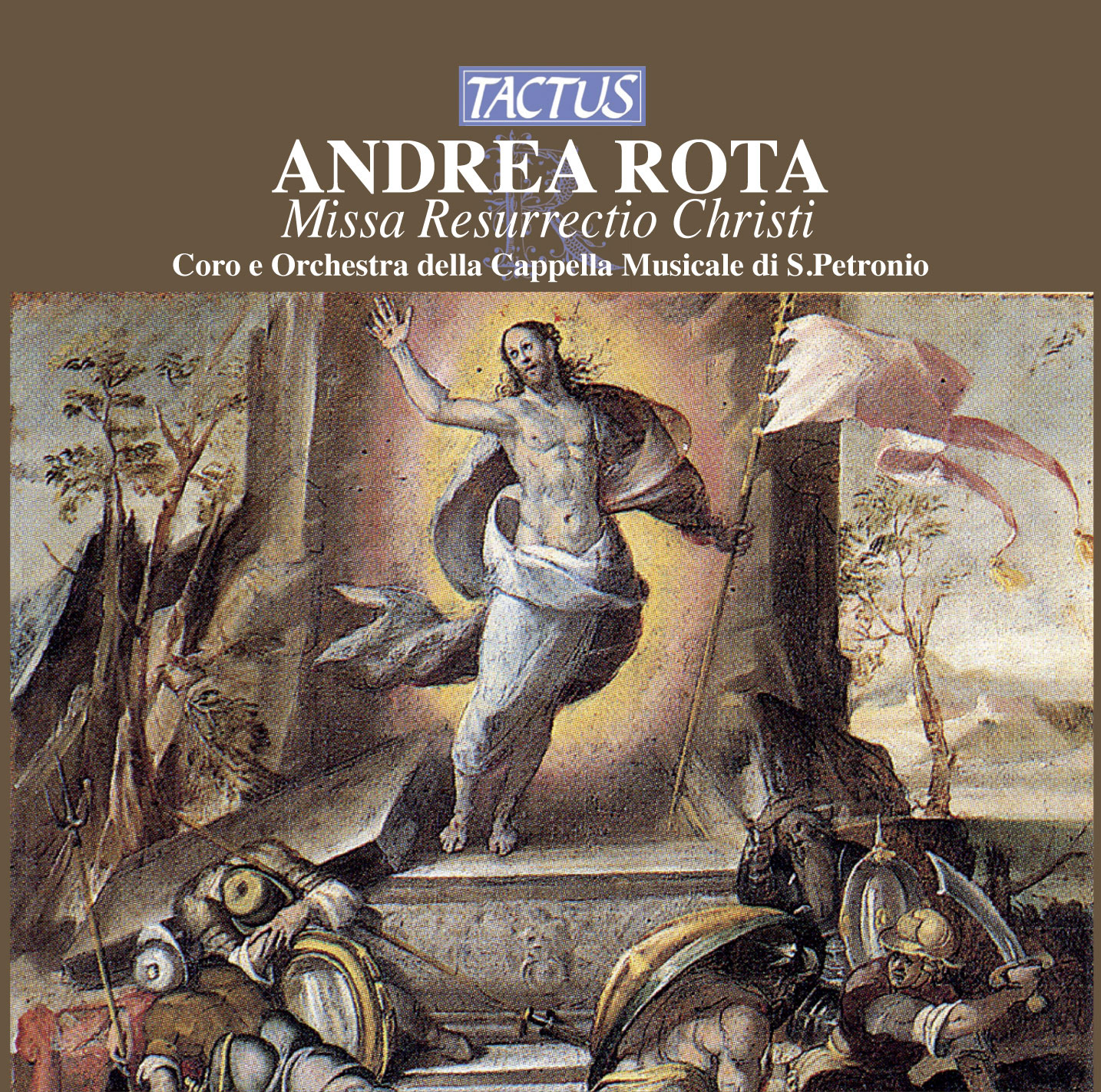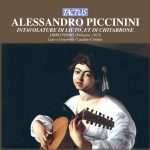ROTA ANDREA
The significant expansion of the instrumental and vocal forces in the musical chappel of the basilica of San Petronio in Bologna, which took place during the second half of the sixteenth century, reached its peak under the leadership of the Bolognese musician Andrea Rota (ca.
1553-1597) Succedine Bartolomeo Spintoni to the post of maestro di cappella in 1583, Rota contributed to the enlargement of the regular chapel forces, arrivino at a total of thirty singers (plus about twenty pueri cantores), and eight instrumentalists includine four trombonists, one cornettist, one violinist, and two organists.
Such an augmentation derived from the new trends in repertoire and performance practice of the institution, increasingly tending towards pomp and solemnity in the employment of the musical resources available for the services in the basilica.
The example set by the chapel of St.
Mark’s in Venice, whose inclination towards the use of music for celebratory occasions had contributed to the extraordinary flourishing ot a repertoire for large forces, surely played a decisive role in this development.
Already the mid-sixteenth century saw the diffusion in vewnetian circles of the compositional practice known as “cori spezzati”, characterised by the use of two of more ensemble playing in dialogue at some distance from each other, and derived from the ancient antiphonal practice of choral liturgy.
A few years following the pubblication in 1550 of the Salmi spezzati – a work important to the establishment of the poychoral literature – by the maestro di cappella at St.
Mark’s, Adriano Willaert, theorists began codifying and sanctioning the manners of performance and formal characteristics of this repertoire.
In additino to being the ideal site for the placement of the different sound sources within the space, both werw furnished with galleries encircling the choir, as well as a pair of organs situated opposte each other and conceived with the specific intent of performing doublechoir music.
In particolar, the construction of Bologna’s cecond organ, built by Baldassarre Malamini in 1596, was ordered by the provosts at the vestry-board (Fabbriceria) of San Petronio, for this very pur pose: “quod possint cum duobus organis fieri concertus et chori ac musica duplex et responsiva ac alternata”.
Precisely durino the period of construction of this organ, some of the most important publications dedicated to the repertoire for double choirs appeared in the Bolognese area.
This music is significantly represented here by the works of Rota (published in 1595), Ascanio Trombetta, instrumentalist at the chapel (1589), and Ottavio Vernizzi, first organist at the basilica (1603).
The Missarum Liber Primis by Andrea Rota, a mature work, reveals the close connection at the time between the Bolognese musician’s activities as a composerand as Magister in Choro musico ecclesiastico sancti Petronii (the qualification which appears on the title page of the collection).
Indeed, Rota’s book of masses and his second book of masses and his second book of motets published in 1595point to the composer’s musical interests which now lay exlusively in the field of sacred music, following his experiences with the madrigal (the fruits of which e him self called “youthful labors”), which represented an essential element in the curriculum of any composer.
Tracklist
Perti, Giacomo Antonio
Magnificat
1 - Magnificat (19:34)
Rota, Andrea
Missa resurrectio Christi
2 - Kyrie (0:58)
3 - Christe (1:02)
4 - Kyrie (1:06)
5 - Gloria (4:33)
Trombetti, Ascanio
Gaude Maria virgo
6 - Gaude Maria virgo (3:36)
Rota, Andrea
Missa resurrectio Christi
7 - Missa resurrectio Christi: Credo (7:50)
Barbieri, Lucio
Surgite pastore
8 - Surgite pastore (2:35)
Rota, Andrea
Missa resurrectio Christi
9 - Sanctus (5:48)
10 - Agnus Dei (1:20)
Barbieri, Lucio
Rescipe in me
11 - Rescipe in me (4:01)
Rescipe in me (version for choir)
12 - Rescipe in me (3:46)
- Composer: ROTA ANDREA
- Performers: Coro e Orchestra della Cappella Musicale di S. Petronio – Coro delle Voci Bianche di S. Petronio, Chorimaster: Marco Fabio Pini · Tolzer Knabenchor – Choirmaster: Gerard Schmidth-Gaden · Ensemble Voval d’Avignon – Choirmaster: Georges Durand · Conductor Sergio Vartolo
- Historical Period: Humanism and Renaissance
- Code: TC 551801
- Edition: 1993
- Barcode: 8007194100365
- Set: 1
- Total tracks: 12
- Total duration: 00:56:04






